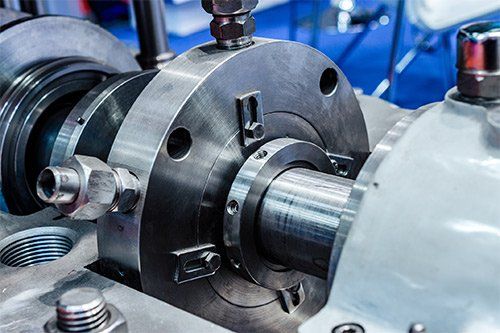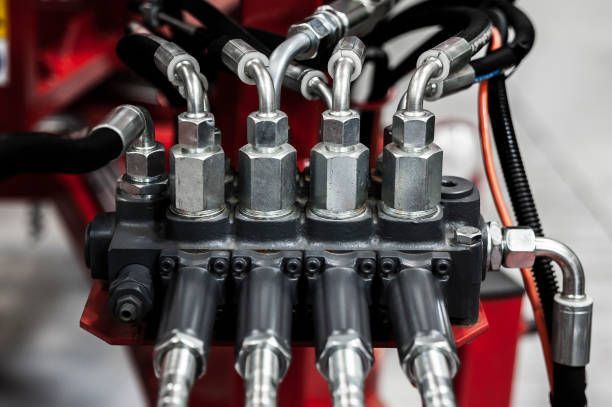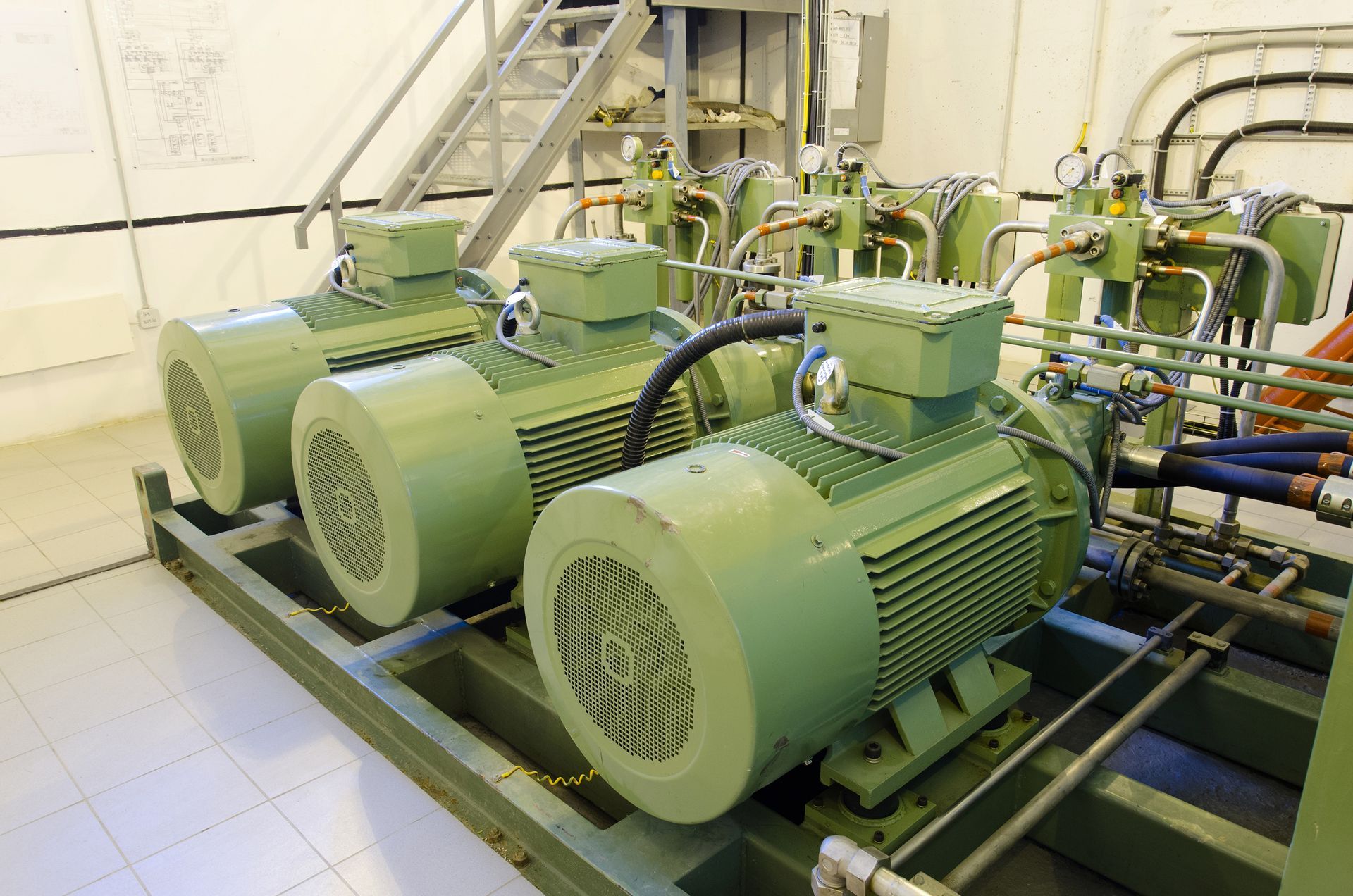A Look at External and Internal Gear Hydraulic Pumps
Hydraulic pumps, including gear pumps, come in many different designs. Gear pumps are among the most economical because they are inexpensive, easy to maintain, and efficient. Gear pumps come in two different types, internal and external, and each provides benefits and disadvantages that you should fully understand before installation.
Design of External Gear Pumps
External gear pumps utilize a straightforward design to provide maximum pumping power in a small package. These pumps use moving gear pressure to create a hydraulic flow that will quickly move fluid through your facility. Most external gear pumps handle loads below about 3,000 PSI, which should be more than enough for most types of fluid-processing facilities.
With these pumps, you can find single- or double-pump configurations with spur, helical, and herringbone gears. The latter two types are probably the most popular because they run smoothly and minimize the sometimes-excessive sound volume of these pumps. However, spur pumps typically work best with higher-volume or viscosity fluids.
Advantages and Disadvantages of External Pumps
External gear pumps utilize two similar gears driven by a motor to produce a hydraulic pump action. With the gears on the outside of the pump, the internal chamber will have more room for fluid. As a result, you can move a variety of liquids such as fuel oils, lube oils, polymers, acids, and other industrial chemicals without much difficulty.
Even better, the lack of internal moving parts lets this pump move fluids at high speeds and under high pressure. And the operation volume is relatively low, which decreases the noise pollution.
However, the end clearances — i.e., the size of the fluid output — is fixed and is not adjustable. Finally, solids can cause issues with the pump and may even cause a breakdown.
Design of Internal Gear Pumps
Internal gear pumps differ from external gear pumps because they move the gears inside of the box. They operate on the same hydraulic principles that drive external pumps, though, so you should not struggle to integrate them into your facility. The viscosity range of this pump varies from 1cP to over 1,000,000cP. This diversity provides you with many operational options.
Just as importantly, this pump can handle fluids with temperatures of up to 750 degrees Fahrenheit or 400 degrees Celsius. As a result, you can handle a multitude of high-viscosity liquids for extended periods. And each pump utilizes a bi-rotational design, which means you can reverse the direction of the gears and the direction of your fluid flow.
Advantages and Disadvantages of Internal Pumps
Internal gear pumps utilize a variety of hydraulic principles — including a gear-within-a-gear concept — to move thick fluids throughout your facility. Only two moving parts exist on this pump, which is one of its significant advantages. Pumps with fewer moving parts experience a lower rate of failure because the pump has fewer elements that can malfunction.
Typically, these types of pumps work well with high-viscosity fluids because the gears can move the fluids without difficulty. And each pump works well in both pump directions, ensuring that you move fluid in and out with minimal hassle.
Unfortunately, the pressure threshold is lower than other hydraulic pumps, which could be an issue for high-volume facilities.
Expert Help Improves Your Hydraulic Pump Experience
If you are interested in either exterior or interior hydraulic gear pumps, please do not hesitate to contact us at Quad Fluid Dynamics, Inc., right away to get help. We can help you understand which type is the best for your facility and will fit pumps in your fluid-processing building quickly and efficiently, ensuring that you do not suffer from too much production slowdown.



